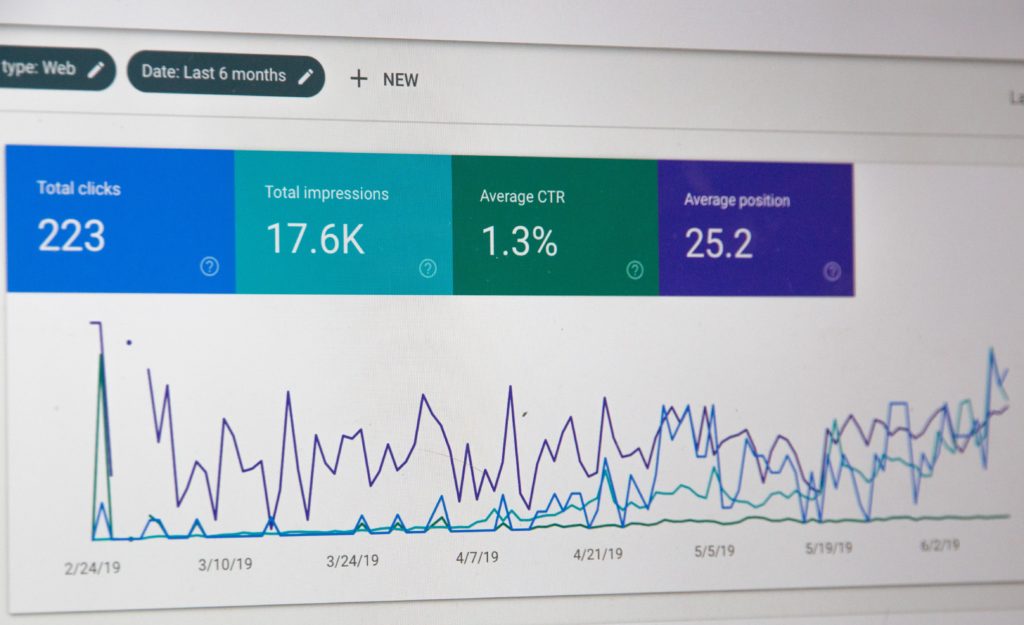How do I test creative and how often should I switch creative?
When it comes to testing ads (or testing anything, really) on Facebook as a marketing channel, there are a multitude of questions, steps, and issues that may arise.
Any test is only as effective as the inputs and data cleanliness that informs the process and approach.
- Facebook Pixel data – make sure that the pixel is implemented correctly, that your events and AEM are set up, and that you’ve tested each of the events
- It’s true that FB as an ad and measurement platform has become compromised since the rollout of iOS 14.5, but we can still optimize around real events, retarget based off of key audiences, and utilize the data to inform our upper funnel testing decisions. The FB Pixel provides raw data, and raw data is what informs our results.
- Google Analytics (or any similar data tracking platform) – ensure that you have this implemented on the site, and that you’ve gone through the process of defining the ideal user, ideal user experience, and that you have goals in the GA platform that align with your key consideration checkpoints and site interaction cadence.
For each of these, it is critical to have a clean view and understanding of your data, so you can adequately understand the efficacy of your tests, and have clean results according to what you’re performing. Without clear data, you’re muddying the water and making your conclusions considerably less actionable and valuable.
Test one element at a time, and incrementally reduce the variables present in your ads and testing strategy.
- When you are first starting out, or even if you are a seasoned marketer, there are myriad questions that you’ll have about your process, your strategy, and your results. To tackle each of these simultaneously is an effort in futility, as changing any single variable may have been the cause of your success (or failure), and if you aren’t able to pinpoint the strategic change that drove your results, you’re no further ahead than when you started.
- When it comes to ads and any marketing strategy, there are a ton of things you can test:
- Targeting
- Placement
- Creative
- Creative type
- Creative focus
- Colors, Products, Model focuses
- Copy
- Bid Adjustments
- Optimization Event
- Landing Pages
- In a lot of ways, what we’re doing here is basic science: form a hypothesis, reduce the number of variables, determine the test, and test the hypothesis. For any of these tests, you have a clear guess as to what will work and what will resonate with your audience and for your product(s). Do your best to be impartial in your approach, and try to see other avenues and angles that you can test; you may be inflating the value of carousel ads, when the data may support gifs as a more efficiently converting ad type.
We like to engage in a stoplight approach to testing (Creative Testing Ideas & Cadence) to ensure that we are consistently reviewing performance in a systematic way, and ensuring efficient spends.
- Once we are clear on what audiences work (and therefore which don’t), and what our top performing creatives are, we move into two additional layers:
- Producing more similar creatives with our clients, to start cycling in distinct creatives and keep our frequencies low and our freshness high
- Begin applying copy and CTA testing on our top ads and to our top audiences, to further the testing.
- With creatives, it is easy to distinguish between tests, but with copy, you need to ensure that you’re clear on what the differences are. Exclamation points v questions, lists v single sentences, etc. – make sure you have more to reflect on that “different copy variations.”
How can Pivot help? Or how can an agency help?
An agency partner can help you build these programs out, can bring a new perspective to the process, and can help check your assumptions of success and “what has worked for us in the past,” if you let them. These are typically expert marketers with a vested interest in the success of your brand and performance, so listening and learning from their process can yield a myriad of insights and benefits to your brand, if you’re open to the feedback and potentially having to update your assumptions.
What’s next and how can you implement this?
Either by taking this on directly with your team or by engaging with a partner to implement relevant tests, it’s helpful to review your creative approach, align with your business goals, and define your ideal outcomes. With a clear approach and a clear implementation plan, you can see growth and understand clearly what is driving your success!
Headline examples & ideas:
- Why Testing Facebook Ads Is Important
- How to Budget for Testing Facebook Ads
- A Method for Testing Facebook Ads
- Identify Responsive Audiences
- Assess Facebook Ad Creative Variations
- Determine Proper Facebook Ad Placements
- Analyze Test Results to Refine Facebook Ads
- Always Be testing
Sources:
https://www.socialmediaexaminer.com/how-to-test-facebook-ads-optimal-results-andrea-vahl/
https://aaronzakowski.com/testing-scaling-facebook-ads/

